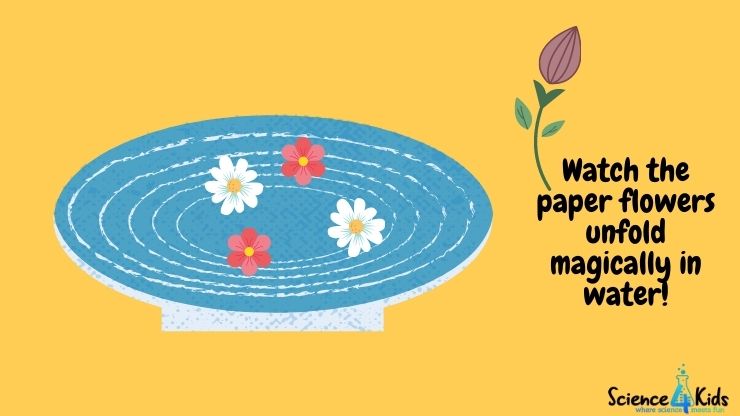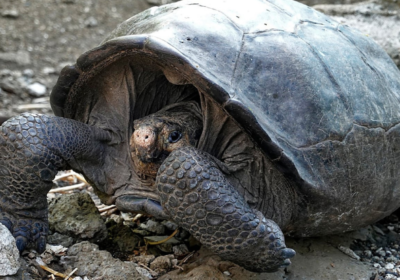Kids love making paper crafts. Exquisite flowers, birds, and butterflies from a few scraps of colorful papers, isn’t that wonderful? What if your paper flower has some magical powers too? Yes, you can make a paper flower that will bloom magically, when you give a command! Though there is more science than magic involved In this, you will definitely see your flower bud opening up, all on its own. This blooming paper flower experiment is easy to do, fun to watch, and safe for kids. Let us move ahead.
What we need
Origami paper (bright colored ones)
Crayons / Pencils
Scissors
Stickers (optional)
Medium-sized bowl
Water
Procedure
- Use the crayons or pencils to draw a beautiful flower with many petals, on your Origami paper. If you have papers in different colors, make one flower each in all colors. (Shape the petals properly, as the flowers will bloom only if you have proper petals)
- Use the scissors to cut out the flowers. Be very careful. We want the flower petals to be as neatly cut as possible.
- When your flower-shaped paper is ready, it is time to make a flower bud. For this, fold all the petals one by one, towards the center. If you have any stickers, you can stick them at the center of the flower before folding.
- Fill water in the bowl.
- Gently place one paper flower on the surface of water, and wait for the magic. Within seconds, you will see the flower bud opening up, all on its own.
- Repeat the same process with all the flowers, and watch all of them blooming magically!

What we learn
Blooming paper flower experiment was a huge success, right? Do you want to learn the scientific principles that caused the flowers to bloom? The blooming action was caused due to the unique qualities of paper and water.
Water, like most other liquids, is capable of capillary motion. Capillary action refers to the ability of a liquid to flow into narrow spaces, without being assisted by gravity (even against gravity). This means that water can fill up tiny intermolecular spaces of other solids, without any external force.
Paper is made up of tiny fibers of wood. There is plenty of intermolecular space between these minute microscopic fibers. When we placed the flower over water, a portion of it came in direct contact with water. Though the petals did not touch water, capillary motion caused the water to rise up to the folded petals as well.
During this process, the fibers that constitute the paper swell up and straighten out. This causes the unfolding of flowers that we behold like magic. Different types of papers may react differently in this experiment. There is something more for you to do. Make flowers with different varieties of paper, and note down the time taken by each to unfold.
Do you wish to see another experiment that demonstrates capillary action? Do read the Walking Water Experiment.




